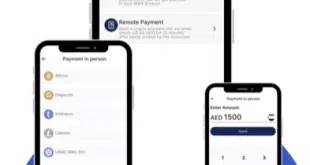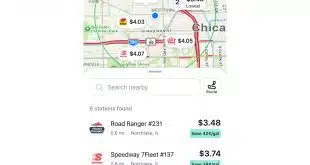When the news broke a few weeks ago that PayPal is planning to attach a credit card to its Venmo peer-to-peer payment service, it didn’t surprise many in the payments industry. In fact, the only surprise may be why this move took so long.
For years, PayPal has been looking for ways to wring revenue out of its fabulously successful P2P service. As with Zelle, Venmo’s big bank-owned rival, payments on Venmo are free to users. So the irony is that the more successful Venmo is (at least in terms of usage), the bigger the drag it poses to PayPal’s bottom line.
Venmo has unquestionably been a success. The service is just 10 years old. It was snapped up in 2012 for $26.2 million by a Chicago-based processor called Braintree, which in turn was acquired in 2013 by PayPal for a whopping $800 million. That deal was arranged by PayPal’s then-president David Marcus in his pre-Libra days. In April, PayPal revealed Venmo had attracted more than 40 million active users. In July, it said these users had generated $24 billion in volume in the second quarter, up 70% year-over-year.
That’s a lot of money—and a lot of free usage that PayPal increasingly can’t afford. Quarter after quarter, PayPal reports that Venmo has been partly responsible for driving down its parent’s take rate—the portion of each transaction it keeps, and a number closely watched by Wall Street.
PayPal hasn’t been idle in this matter. Without charging for Venmo payments, it has introduced a range of fee-bearing services based on Venmo, including instant withdrawals, payments at merchants, and a Venmo-branded Mastercard debit card. In October came the latest gambit. PayPal announced it would launch a Venmo credit card issued by Synchrony Financial, which potentially could generate a lot more interchange revenue than the debit card.
Zelle, which is owned by Early Warning Services LLC, a company in turn set up by seven major U.S. banks, is in much the same position, having generated $44 billion in transactions in the second quarter.
So, what to do? PayPal’s answer has been to keep tacking on related services it thinks users—or merchants—will pay for. Hence the instant withdrawals and that latest move, the credit card and the hoped-for interest income and interchange.
Why, you may ask, don’t these P2P services just charge their users? After all, if the transfers are so popular, surely users will pay at least a modest fee? That’s a good question, and one we haven’t heard an answer to yet. Here’s our take. Companies like reporting big numbers. The fear may be that P2P is wildly popular only so long as it’s free.
—John Stewart, Editor, john@digitaltransactions.net




